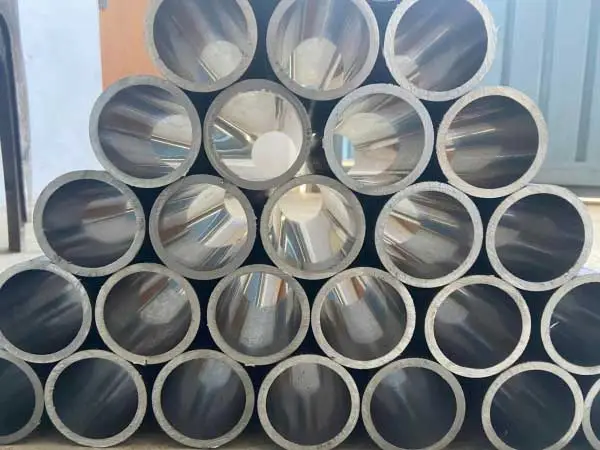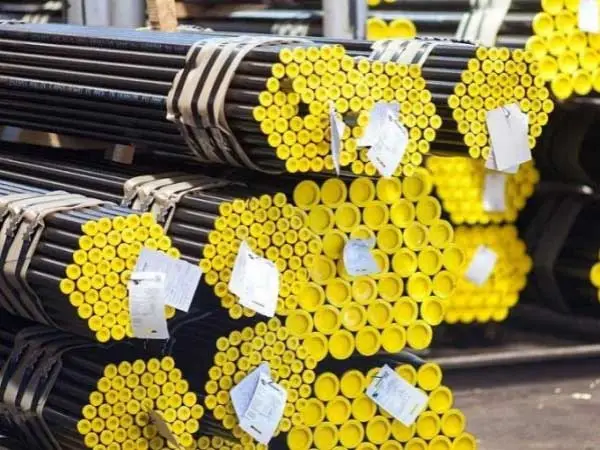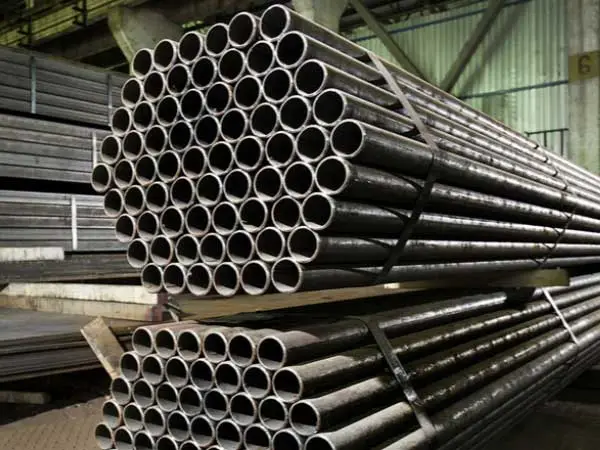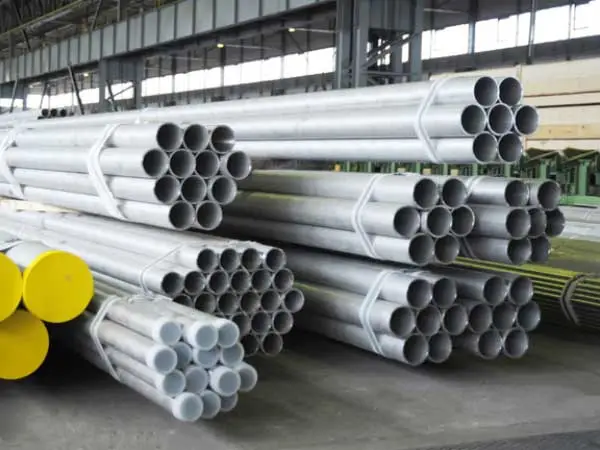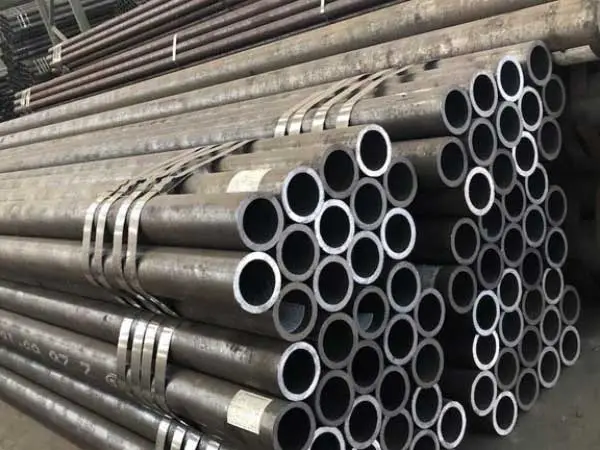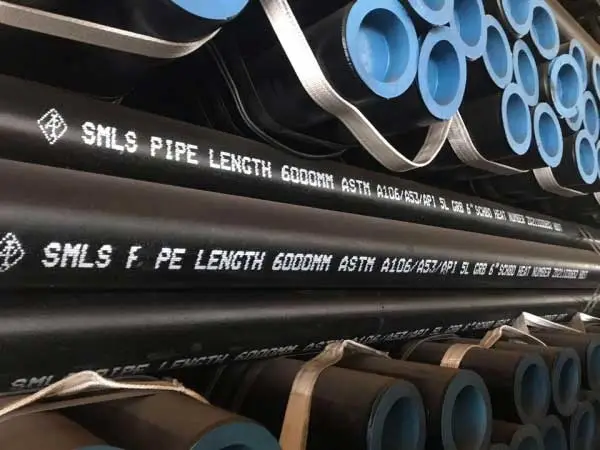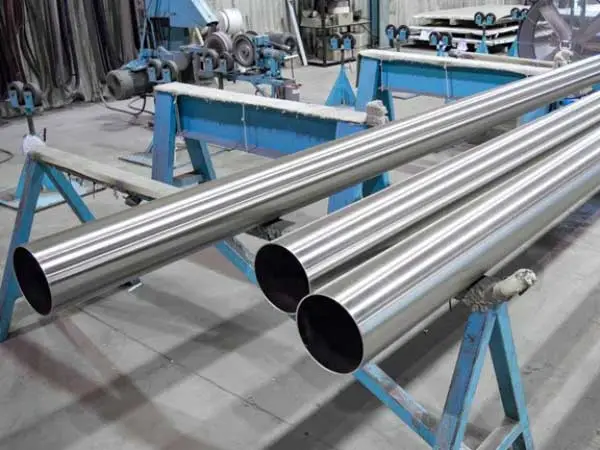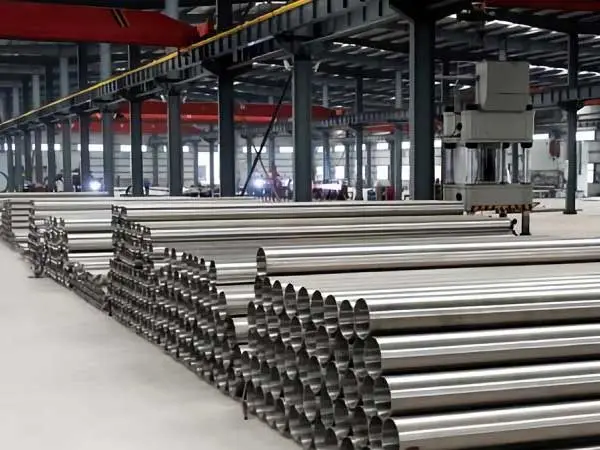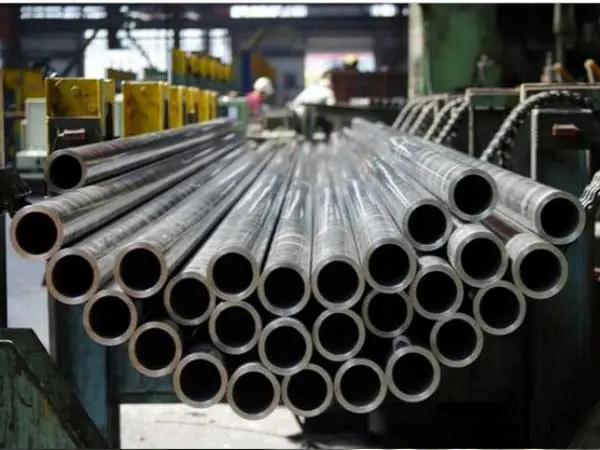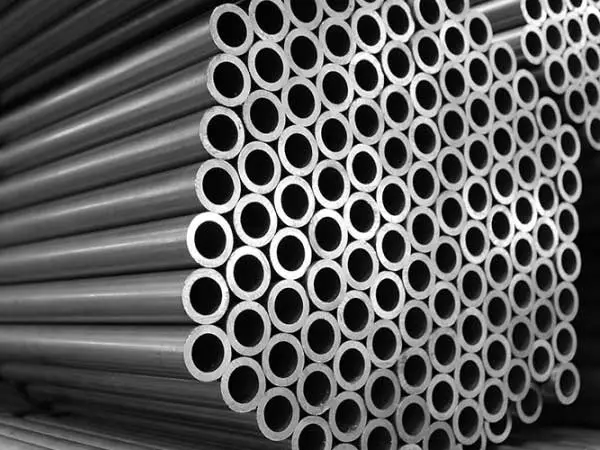-
2023-11-01Product News
DIN 2391 ST52 Seamless Steel Pipes
DIN 2391 ST52 is a standard specification for seamless precision steel tubes. These tubes are primarily used in hydraulic and pneumatic systems, as well as in automotive and mechanical engineering applications. ST52 refers to the material grade, and it is a commonly used grade in the manufacturing of seamless steel pipes. This article will talk about DIN 2391 ST52 seamless steel pipes, read on to learn more.
-
2023-10-31Product News
ASTM A210 Seamless Carbon Steel Boiler Tube
ASTM A210 is a standard specification for seamless medium-carbon steel boiler and superheater tubes, used for high-pressure service. These tubes are typically used in boilers, heat exchangers, and superheaters in various industries. Here are the key specifications for ASTM A210 seamless carbon steel boiler tubes.
-
2023-10-31Product News
ASTM A178 ERW Steel Pipe
ASTM A178 standard covers carbon steel and carbon manganese ERW pipes, which can be divided into Grade A (low carbon steel), Grade C (medium carbon steel) and Grade D (carbon manganese steel). ASTM A178 ERW steel pipes are mainly used in boilers, superheaters and other applications. Next, we will introduce ASTM A178 ERW steel pipe in detail.
-
2023-10-31Product News
ASTM A312 TP321 SS Seamless Pipe Specification
ASTM A312 is a standard specification for seamless, welded, and heavily cold worked austenitic stainless steel pipes used in high-temperature and general corrosive service. TP321 is a specific grade of stainless steel, which is also known as 321 stainless steel. Here are the specifications for ASTM A312 TP321 stainless steel seamless pipes.
-
2023-10-30Product News
ASTM A335 Alloy Steel Pipe
ASTM A335 serves as the standardized specification for seamless ferritic alloy steel pipes designed for applications involving elevated temperatures. This specification encompasses various grades, including P1, P2, P5, P5b, P5c, P9, P11, P12, P15, P21, P22, P23, P91, P92, P122, and others. Among these grades, P5, P9, P11, P22, P91, and P92 are the most commonly utilized in practical applications.
-
2023-10-30Product News
ASTM A106 Seamless Carbon Steel Pipe
ASTM A106 is a standard specification issued by the American Society for Testing and Materials (ASTM) that outlines the requirements for seamless carbon steel pipes, which covers various grades, such as A, B, and C. This article are going to talk about ASTM A106 seamless carbon steel pipe.
-
2023-10-30Product News
China ASTM A312 TP321 SS Seamless Pipe Manufacturer
ASTM A312 TP321 is a specification for seamless, welded, and heavily cold worked austenitic stainless steel pipes. TP321 stainless steel has high lasting strength, high oxidation resistance, and good tissue stability and is often used in high-temperature applications. United Steel Industry Co., Ltd. is China's leading manufacturer of ASTM A312 TP321 stainless steel seamless pipes. Read on to learn more.
-
2023-10-27Product News
Introduction To 16Mo3 Seamless Steel Pipe
16Mo3 is a low-alloy steel with a specified chemical composition that includes a higher content of molybdenum (Mo). The "16" in 16Mo3 stands for the approximate percentage of molybdenum, which is around 0.30% to 0.35%. This molybdenum content imparts specific properties to the steel, including improved heat resistance and creep strength. As a result, 16Mo3 steel is often used in high-temperature and high-pressure applications, particularly in the manufacturing of seamless steel pipes. Here's an introduction of 16Mo3 seamless steel pipe.
-
2023-10-27Product News
What Are The Advantages Of Stainless Steel Pipes?
Stainless steel pipe is an economical metal pipe made of stainless steel, a corrosion-resistant, durable alloy known for its excellent performance and wide range of applications. Stainless steel pipes are widely used in industrial piping and mechanical structural parts such as petroleum, chemicals, medical, food, light industry, mechanical instrumentation, etc. due to their unique combination of strength, corrosion resistance, and versatility.
-
2023-10-27Product News
What Is 100Cr6 Seamless Steel Pipe?
100Cr6 is a high carbon, chromium-bearing alloy steel that is often used in the manufacture of various components, including bearings and seamless steel pipes. The "100" in 100Cr6 indicates the average carbon content, which is about 1.00%, and "Cr" stands for chromium. The chromium content in 100Cr6 steel provides it with excellent hardenability and wear resistance, making it suitable for applications where high strength and durability are required.
-
2023-10-26Product News
Classification Of Boiler Tubes
Boiler tubes refer to steel materials that are open at both ends, have hollow sections, and are longer than the surrounding area. They are pipe materials used to manufacture steam boilers, hot water boilers, and heat exchangers. They are usually used in thermal equipment, machinery industry, petroleum geological exploration, Containers, chemical industry and other industries. Boiler tubes usually have high temperature, high pressure and corrosion resistance properties, and can be classified according to different standards, uses and materials. This article will introduce some common boiler tube classifications.
-
2023-10-26Product News
Large Diameter LSAW Steel Pipe Manufacturing Technology
The manufacturing of Large Diameter Longitudinal Submerged Arc Welded (LSAW) steel pipes involves several key processes and technologies to produce high-quality, large-diameter pipes for various industrial applications. This article will briefly introduce the process methods and characteristics of international large-diameter LSAW steel pipes pipe making technology.
